Updated: 13-Feb-2020
In Europe, this Citroën 2CV car engine has been adapted to many light and ULM aircraft.

"Citroën Logos"
-Initially those of 375 cc, then the 424 and 435 cc. With 18 hp.
-The air-cooled Citroën engines with horizontally opposed cylinders were very suggestive and only required lightening of weight.
-They were produced from the end of WWII until 1985.
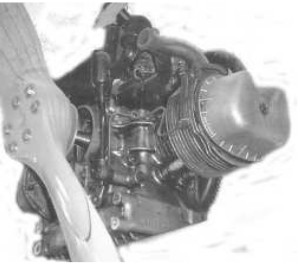
"Citroën 2CV"
-But the real fit was that of the more powerful Visa II car, with 39 CV and 652 cc.
-There also was the 602 cc with 29 CV. The AMI and 652 cc Visa have been the most successfully adapted engines in ULM and home built aircraft.
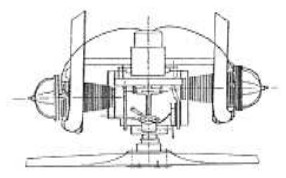
"Citroën Visa"
-In Argentina, the "3 CV" Citroën with 39 CV of power was installed in the Armar I (Arrambide + Mario) “Gorrión” (Sparrow).
-The last Visa II, with 652 cc, reached 40 CV. The legendary reliability of these engines - and vehicles - has been a favorable value for this installation.

"Citroën Visa"
-Lightened and modified with belt reducer (usually Polyflex) this wonderful engine has had countless other versions: 42 hp, 48 CV, including 56 CV and 60 CV. There is a supercharged version of 75 CV and modifications to increase the displacement, varying the diameter of the cylinders ranging from 602 and 652 to 700, 750 and 880 cc.
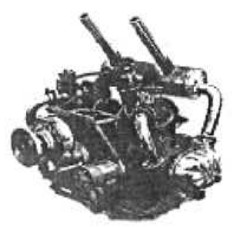
"Visa"
-The applications are varied, from the famous "Pou-du-Ciel" to the latest ULMs.
-Without a doubt it is the engine that was not born to fly but has flown the most. (Except VW). This is not strange for it seems the other way around, because it looks more like an aviation than a car engine.
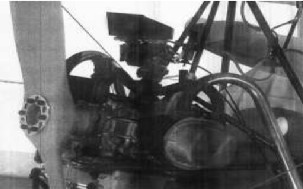
"Citroën on Pou-du-Ciel"
-The 1.2 lts Citroën GS car engine that has been built from 1973 to 1983, has also been seen adapted to aviation. It has four horizontally-opposed, air-cooled cylinders giving 65 CV at 5,700 rpm.
-It was geared to 0.5. This type of engine has varied in displacement with versions of 1,015 cc., 1,129 cc., 1,299 cc and 1,990 cc.
-The French Stark aircraft initially used a single Citroën GS engine to drive two propellers. Later this airplane was tested with the 100 CV Porsche.
-Since 2003, several Wright "Flyer" planes have been built in many parts of the world in commemoration of the centenary of the first motorized and controlled flight of a "heavier than air".
-Now we have seen a Flyer with a Citroën engine, suitable for flying.

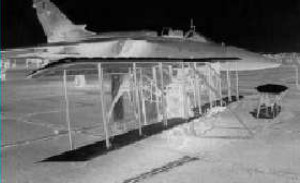
“2CV engine and Flyer airplane in front of a Tornado”
(Photos Airventure.de) (PiP)
-Citroën 2CV engines are continued to be installed in aviation, on homebuilts, ULM, small autogyros, Pou-du-Ciels, etc.
-Below we see a 2CV modification. This version is commercially known as 3CV as it has somewhat more displacement than the usual 452 cc.
-What we see immediately is the 2.3:1 multi-belt reducer, lightweight as it is built in aluminum. They changed the single carburetor for two Del Orto. The ignition system is also modified, passing to magneto.
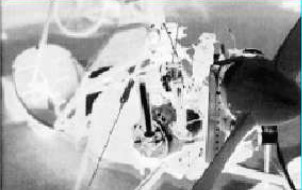
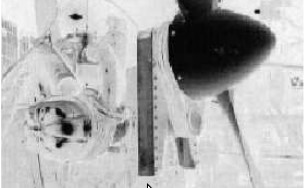
“Two examples of 2CV installations”
(Doscaballos.org) (PiP).
-The horizontal-opposed, four-cylinder engine was normally used in the Citroën GS car model. Some aviation mechanic schools use them for training. As far as is known.
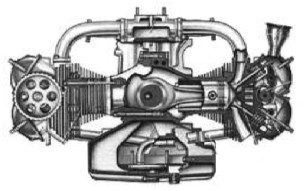
"The Citroën GS engine has a very aeronautic look"
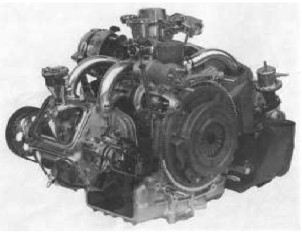
"Citroën GS, side view, still with clutch"
-Thanks to the kindness of the Citroën dealers in Catalonia who have donated several of these engines. The aeronautical mechanic training schools in the area are provided with excellent material for their practice.
-We collected an article in which appears a new double-body Citroën-Wankel rotary engine that delivers 180 CV.
-This engine was especially designed for aviation. In the 1970's, it was mounted on a Citroën helicopter according to the brand's diversification policy, although it was canceled in 1979.
-The helicopter was designed by the same person that intervened in the development of Alouette II, Charles Marchetti.
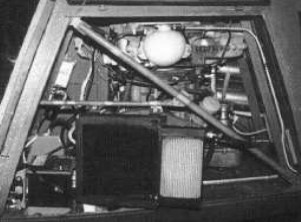
"Citroën-Wankel engine in its compartment"
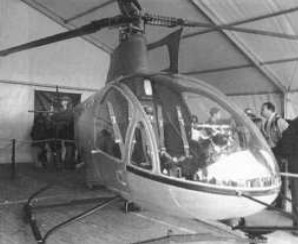
"The unusual Citroën helicopter"
From appendix 9: The engines that are used by Citroën and Peugeot cars are currently supplied by PSA (see), specialized in engines and belonging to the same group.
-On a Dutch website we find a Citroën C3 engine.
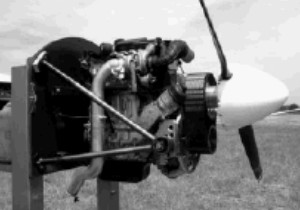
"Citroën engine adapted for aviation"
-There is a continuous development of 2/3CV engines for use in light aviation.
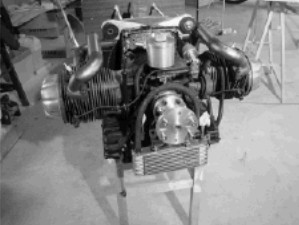
"Citroën engine in process"
-And another Citroën engine installed on an experimental LMA, with a scimitar-type double-blade propeller. It has two carburetors, which are clearly Bing.
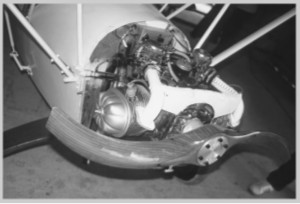
"Aviation adapted Citroën engine"
From Appendix 10: The engine of the Citroen Visa II car has been used extensively in light and ultra-light aviation.
-Two photos of the Citroën helicopter. The final helicopter had a Wankel type engine of the same brand, but it also had been tested with a Visa II engine. See main text.
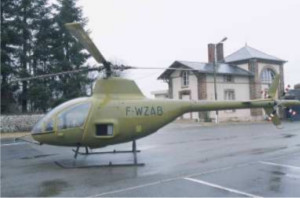
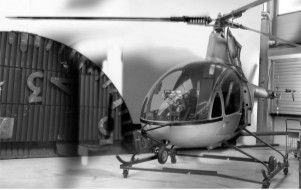
"Citroën Helicopter at the Citroën Museum"
Engines of CITROËN
Model: 2CV, 424cc
Arquitecture: 2-cylinder Horizontally opposed
Cooling: Air
Total Displacement: 424 cc
Bore / Stroke:
Power: 18 CV @ rpm
Weight:
Model: 2CV, 435cc
Arquitecture: 4-stroke2-cylinder Horizontally opposed
Cooling: Air
Total Displacement: 435 cc
Bore / Stroke:
Power: @ rpm
Weight:
Model: 2CV, 602cc
Arquitecture: 2-cylinder Horizontally opposed
Cooling: Air
Total Displacement: 602 cc
Bore / Stroke:
Power: 33 BHP @ 7000 rpm
Weight:
Model: 2CV, 652cc
Arquitecture: 2-cylinder Horizontally opposed
Cooling: Air
Total Displacement: 652 cc
Bore / Stroke:
Power: @ rpm
Weight:
Model: 3CV (Visa II), 40 CV
Arquitecture: 2-cylinder Horizontally opposed
Cooling:
Total Displacement: 652 cc
Bore / Stroke:
Power: 40 CV @ rpm
Weight:

"Citroën Visa"
Model: 3CV, 700cc,750cc and 880 cc.
Arquitecture: Horizontally opposed
Cooling:
Total Displacement:
Bore / Stroke:
Power: @ rpm
Weight:


